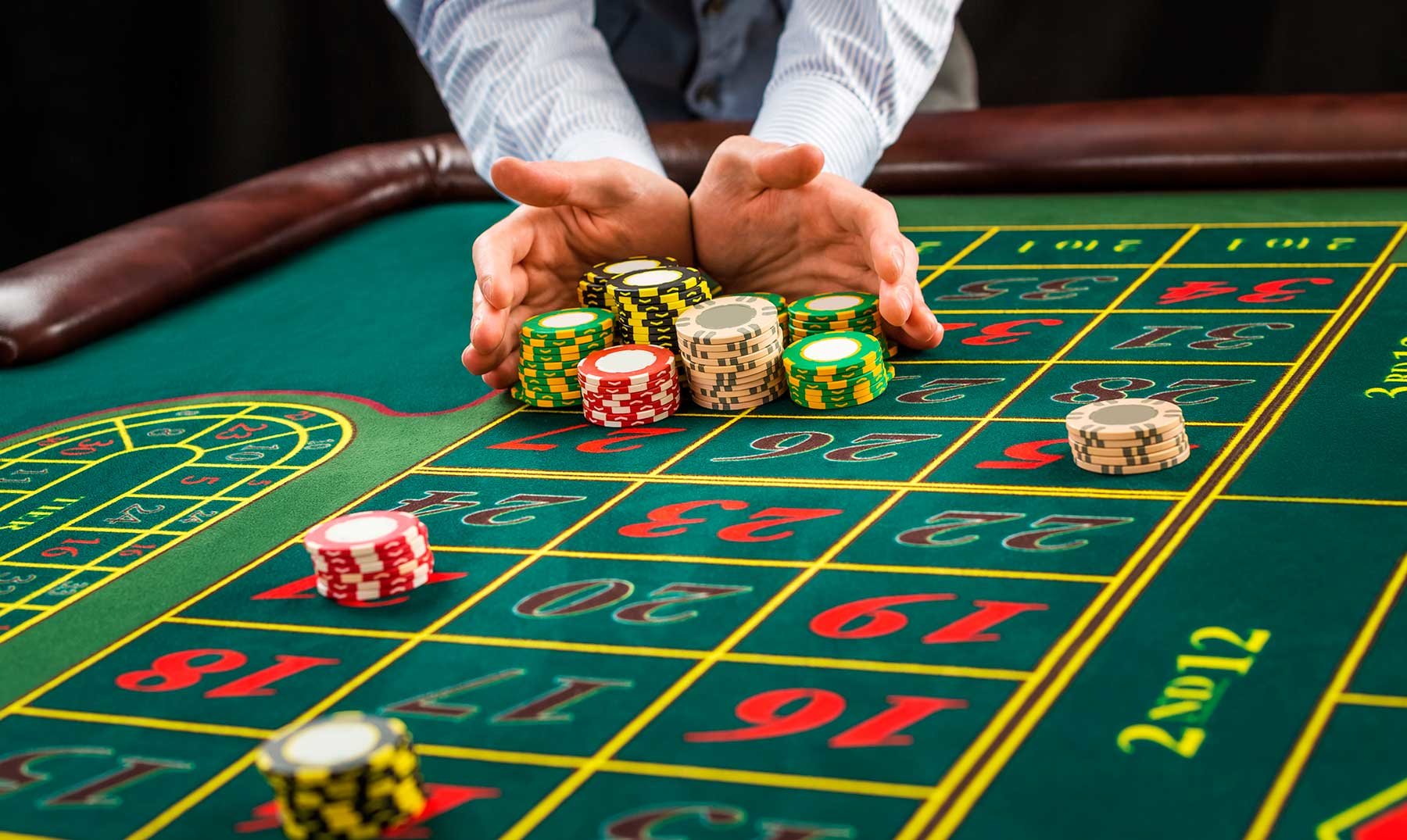
Gambling games have long captivated the human imagination, drawing players into a universe filled with chance, planning, and the allure of excitement. Each experience is painstakingly crafted not just for enjoyment, but also to elicit specific emotional responses that keep participants engaged and committed. Understanding the reasons behind these designs reveals much about how behavioral psychology plays a crucial role in the gaming experience.
From the dazzling lights and vibrant sounds to the sophisticated layering of systems and incentives, casino games are designed to create an atmosphere of thrill and anticipation. Game designers leverage psychological principles to influence gambler behavior, whether through the use of big prizes, close-call situations, or community engagement. By examining these elements, we can better appreciate how casino games fulfill not just a want for entertainment, but deeper psychological needs for excitement and risk.
Comprehending Player Actions
Casino games are designed with a deep understanding of player psychology, which is crucial for drawing in and keeping players. The thrill of the game, combined with the expectation of winning, establishes a strong draw. Game designers utilize elements like sound effects, dynamic graphics, and engaging gameplay to engage attention and evoke emotional responses. These sensory experiences enhance the total environment, making players feel more invested in the game.
Another important aspect of player behavior is the idea of risk versus reward. Casino games often weigh risky situations with the potential for significant rewards, which can result in the occurrence known as near-miss effect. When players come close to winning, the brain produces dopamine, bolstering their behavior and prompting them to keep playing in quest of that hard-to-reach win. This cycle of hope and letdown plays a key role in how games are constructed and advertised.
Lastly, social factors also play a critical role in player behavior at casinos. Many games are crafted to be played in groups or alongside other players, creating a sense of togetherness and communal experience. The social interaction inherent in games like baccarat enhances enjoyment and can culminate in extended gameplay. Designers capitalize on this by creating environments that invite players to linger, socialize, and come back, making the overall casino experience more appealing.
The Role of Visuals and Sound
Imagery and audio play a vital role in improving the player’s experience within casino games. Designers utilize bright colors, eye-catching graphics, and captivating animations to attract players’ attention and sustain their focus. The use of motifs, such as adventure or opulence, helps create an immersive atmosphere that takes players into a different world. By connecting to the senses, these elements add to a heightened emotional response, prompting players to interact more deeply with the games. Đá gà 99ok
Audio design is equally important in enhancing the experience of casino games. The mix of background music, sound effects for winning combinations, and ambient noises creates an auditory landscape that holds players fascinated. Audio cues associated with wins, such as ringing bells or festive music, evoke feelings of excitement and reward, encouraging players to continue playing. These sound cues are carefully placed to amplify the excitement of the game and create a more engaging experience.
Additionally, the synchronization of visuals and sound is essential for supporting the game’s overall theme and mood. Each element should align seamlessly to create a cohesive experience that pulls players in. The effective use of this integration not only enhances user satisfaction but also boosts the likelihood of repeat play, as players become more engaged in the captivating world that the casino games offer. This thoughtful integration of visuals and sound ultimately enhances player engagement and loyalty.
Reward Structures and Engagement
The design of casino experiences heavily relies on reward structures to ensure players involved and returning for additional experiences. These structures are rooted in psychological principles that take advantage of human behavior and desire. Players are often driven by the thrill of success, which is reinforced by instant responses through the game’s mechanics. This instant gratification not only enhances the gaming experience but also cultivates a sense of success, encouraging players to continue playing in hopes of greater gains.
Casinos utilize various incentive systems, including large payouts, extra rewards, and multipliers, to engage players. These features create a layer of excitement that maintains interest. Additionally, the unpredictability of results plays a crucial role in sustaining attention. The variable reward system, where successes are unpredictable but occur often enough, keeps players on edge and motivated to keep playing. 99ok This loop of anticipation and expectation is essential to the effectiveness of casino games.
Furthermore, community aspects, such as competitive events and multiplayer features, enhance the engagement factor by leveraging the competitive nature of players. The shared experience of playing with fellow participants can amplify the thrill of success and create a community atmosphere within the casino. By integrating these social dynamics with effective reward systems, casino games don’t just offer entertainment but also nurture a stronger bond among players, reinforcing their loyalty to the gaming experience.